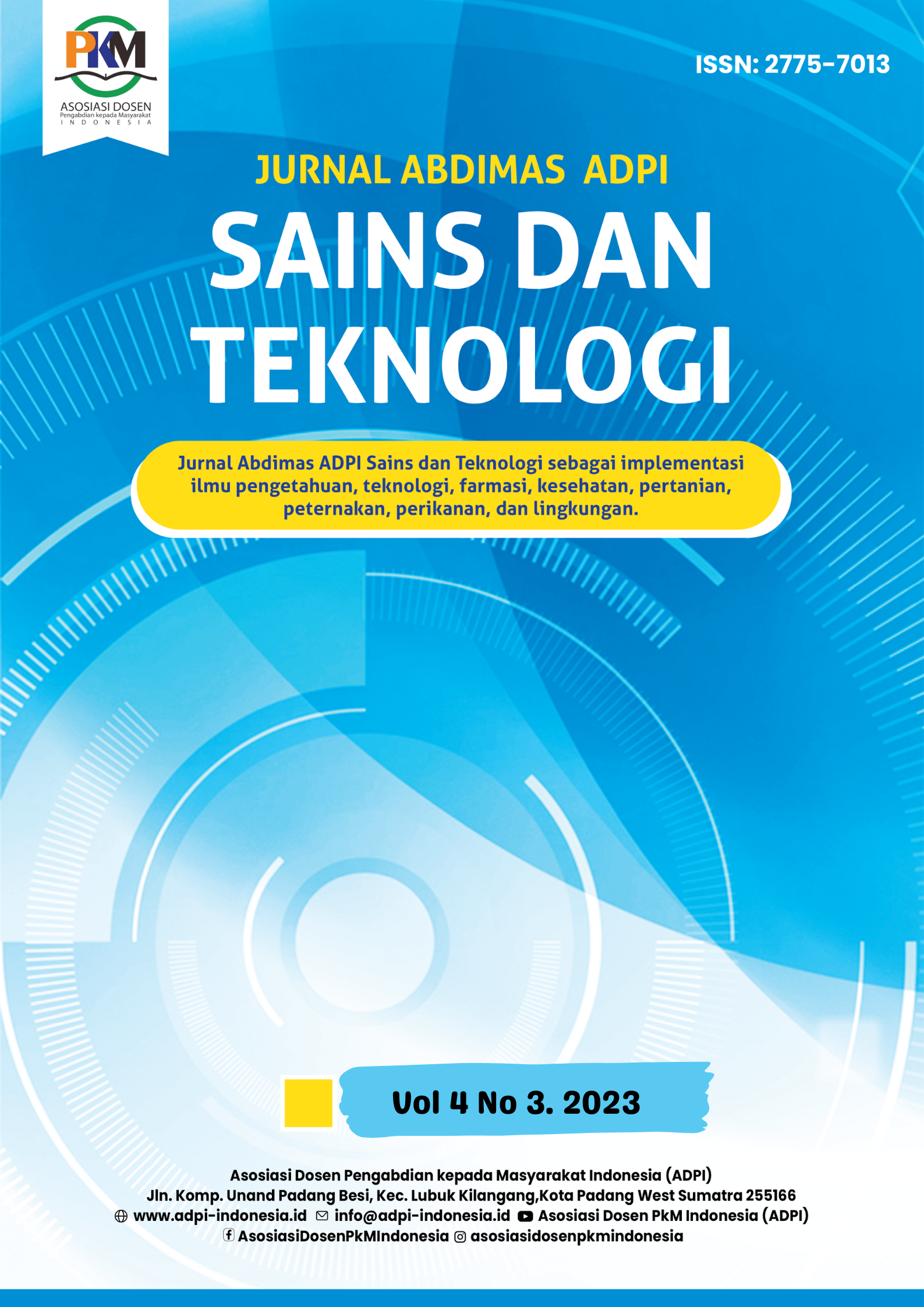Bridging Machinery and Technology in Transportation Education
DOI:
https://doi.org/10.47841/saintek.v4i3.364Keywords:
Machinery and Technology, Transportation Education, Senior Cadets, CurriculumAbstract
This research explores the integration of machinery and technology in transportation education, focusing on senior cadets in engineering and technology institutions. Through qualitative research methods, including interviews and document analysis, the study examines cadets' perceptions, experiences, and challenges in machinery and technology education. The findings highlight a discrepancy between the current emphasis on traditional mechanical principles and the industry's focus on emerging technologies. Cadets express enthusiasm for learning about new technologies but also frustration with the lack of practical experience. Recommendations for improvement include updating curriculum, increasing hands-on practical training, and strengthening industry-academic partnerships. Integrating sustainability principles and promoting innovation and entrepreneurship are also recommended to enhance the relevance and effectiveness of education in transportation. Overall, this research contributes to a deeper understanding of machinery and technology education in transportation and offers insights for improving educational practices to meet the demands of the modern transportation industry.
References
Chakroborty, P., & Das, A. (2017). Principles of transportation engineering. PHI Learning Pvt. Ltd.
Holland, J., & Holland, J. (2014). Implications of shifting technology in education. TechTrends, 58, 16–25.
House, D., & Saeed, F. (2016). The seamanship examiner: for STCW certification examinations. Taylor & Francis.
Kadhm, S. J. (2021). Validation of Sherouk’s Critical Thinking Test (SH-CTT). In Research Anthology on Developing Critical Thinking Skills in Students (pp. 1345–1356). IGI Global. https://doi.org/10.4018/978-1-7998-3022-1.ch070
Martha, A. S. D., Junus, K., Santoso, H. B., & Suhartanto, H. (2021). Assessing undergraduate students’ e-learning competencies: A case study of higher education context in Indonesia. Education Sciences, 11(4), 189. https://doi.org/10.3390/educsci11040189
Martín-Gutiérrez, J., Mora, C. E., Añorbe-Díaz, B., & González-Marrero, A. (2017). Virtual technologies trends in education. Eurasia Journal of Mathematics, Science and Technology Education, 13(2), 469–486.
Merriam, S. B., & Grenier, R. S. (2019). Qualitative research in practice: Examples for discussion and analysis. John Wiley & Sons.
Mortier, T., & Anderson, D. (2021). Understanding Tacit Knowledge in Decision Making. In Research Anthology on Developing Critical Thinking Skills in Students (pp. 1086–1103). IGI Global. https://doi.org/10.4018/978-1-7998-3022-1.ch056
Omariba, A. (2021). Technology-Enhanced Classroom to Enhance Critical Thinking Skills. In Research Anthology on Developing Critical Thinking Skills in Students (pp. 488–506). IGI Global. https://doi.org/10.4018/978-1-7998-3022-1.ch025
Saldana, J. (2014). Thinking qualitatively: Methods of mind. SAGE publications.
Sharma, A. (2023). Potential of technology supported competence development for Maritime Education and Training.
Wang, Y., Kung, L., & Byrd, T. A. (2018). Big data analytics: Understanding its capabilities and potential benefits for healthcare organizations. Technological Forecasting and Social Change, 126, 3–13.
Willig, C. (2014). Interpretation and analysis. The SAGE Handbook of Qualitative Data Analysis, 481.
X.Yo., N. (2021). Digital Mathematical Literacy As A Component Of The Life Skills Of Students Of Modern Educational Institutions. In The American Journal of Social Science and Education Innovations (Vol. 3, Issue 1, pp. 378–384). The USA Journals. https://doi.org/10.37547/tajssei/volume03issue01-71
Published
Issue
Section
License
Copyright (c) 2024 Marudut Bernadtua Simanjuntak

This work is licensed under a Creative Commons Attribution-NonCommercial 4.0 International License.
-
Attribution — You must give appropriate credit, provide a link to the license, and indicate if changes were made. You may do so in any reasonable manner, but not in any way that suggests the licensor endorses you or your use.
- No additional restrictions — You may not apply legal terms or technological measures that legally restrict others from doing anything the license permits.






